Top Moments
1940s
Conflict Abroad, a New Era at Home
Cleveland medical professionals again responded to the challenge of war. The Cleveland Clinic Naval Unit departed for service in New Zealand in 1942, where they spent 14 months working at Mobile Hospital No. 4 at Auckland. Throughout the war, Cleveland Clinic felt the absence of such caregivers acutely, and experienced a substantial personnel shortage.
Also during this decade, Cleveland Clinic mourned the passing of its last two founders: Dr. Crile Sr. (1943) and Dr. Lower (1948).

A plane crash
A plane, carrying Dr. and Mrs. Crile, crashes near Vero Beach Florida. They are treated at Indian River Hospital, which would become part of Cleveland Clinic in 2019.
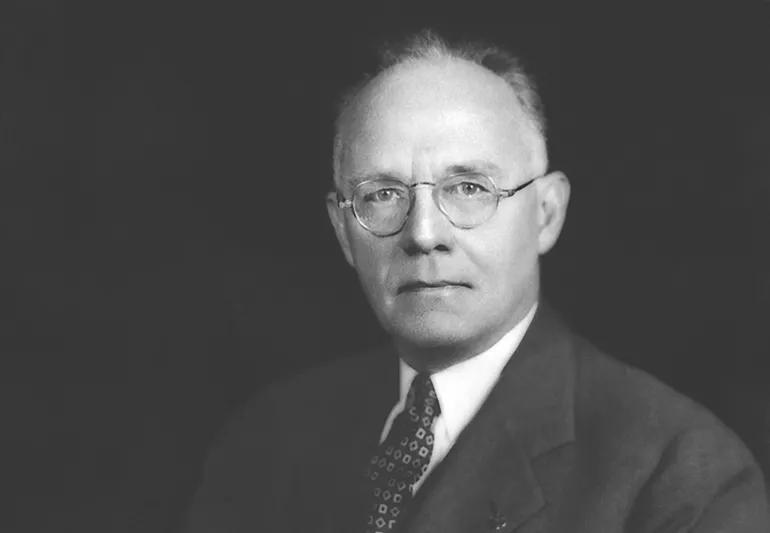
In 1941, Dr. Crile steps down from his roles of Head of Surgery and President of Cleveland Clinic Foundation. Henry Sherman (pictured here) is named President; he also serves as Chair of the Board of Trustees from 1942-1944. Thomas Jones, MD, assumes the role of Head of Surgery.

In 1941, George Crile, Sr., MD, works with Goodyear to develop a prototype inflatable G-suit based on his 1903 design.
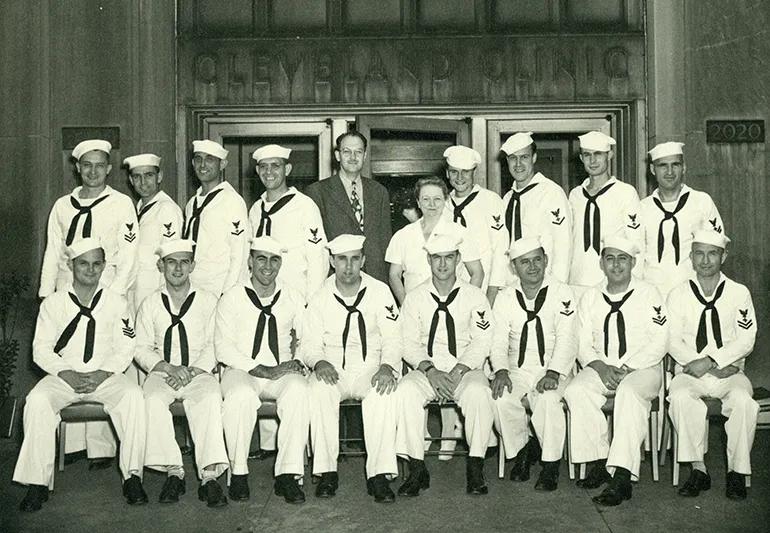
In 1942, Cleveland Clinic opens a Physical Therapy School to train Navy personnel, the first such program in Ohio.
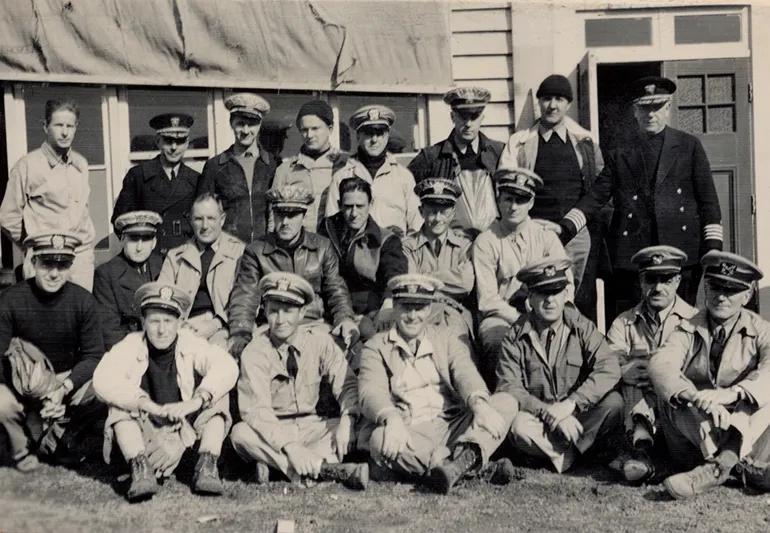
Cleveland Clinic Naval Reserve Unit heads to war
Responding to the challenge of World War II, the Cleveland Clinic Naval Reserve Unit departs for service in New Zealand in 1942. Staff members J. Roscoe Kennedy, MD, J.C. Root, MD, A.C. Ernstene, MD, William J. Engel, MD, Don H. Nichols, MD, George (Barney) H. Crile Jr., MD, Guy H. Williams Jr., M, E.J. Ryan, MD, and W. James Gardner, MD, spent 14 months working at Mobile Hospital No. 4 in Auckland. While they combined hard work with the fun of adopting a few wallabies along the way, Cleveland Clinic felt their absence keenly.
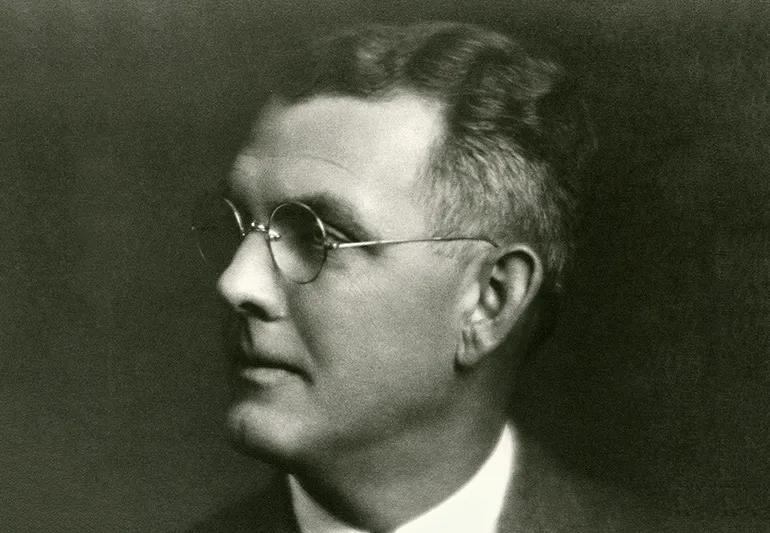
Edward Daoust succeeds Henry Sherman as President of Cleveland Clinic Foundation.

George Crile, Sr., MD, dies in January 1943, at the age of 79.
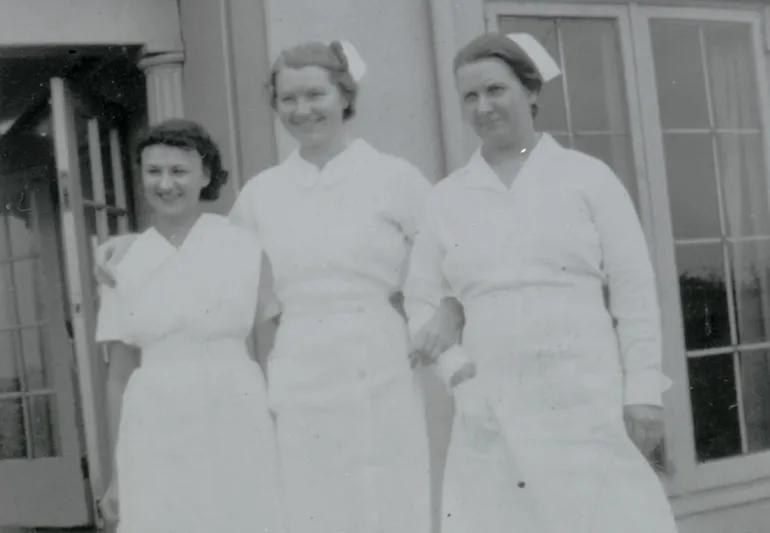
With many of their colleagues leaving for military service or industrial nursing in the defense industry, nurses who stayed at Cleveland Clinic had a difficult and vital role. The number of outpatient visits had doubled within the span of five years. The number of hospital admissions and procedures also increased, while the hospital staff of registered nurses shrunk to 50, less than half of the prewar level, by 1944. The skill and dedication of hospital nurses made it possible to keep the hospital up and running at a rate of 94%.
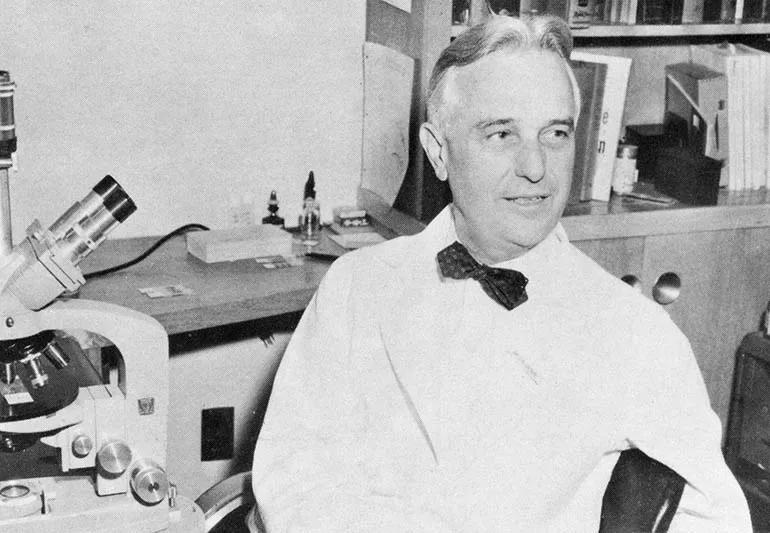
Clinical Laboratories constituted one of the original six clinical departments in 1921 with Henry John, MD, as director. With its staff decimated by wartime manpower shortages in World War II, the department was shared with Western Reserve University until the arrival of John Beach Hazard, MD, (pictured here) in 1946. He refounded it and it split off as a major division later, in 1958.
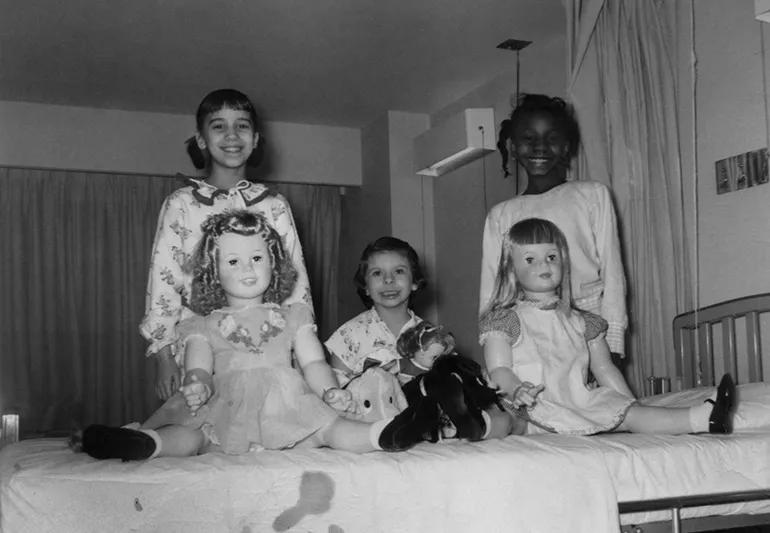
Cleveland Clinic opens a children's ward in 1948.
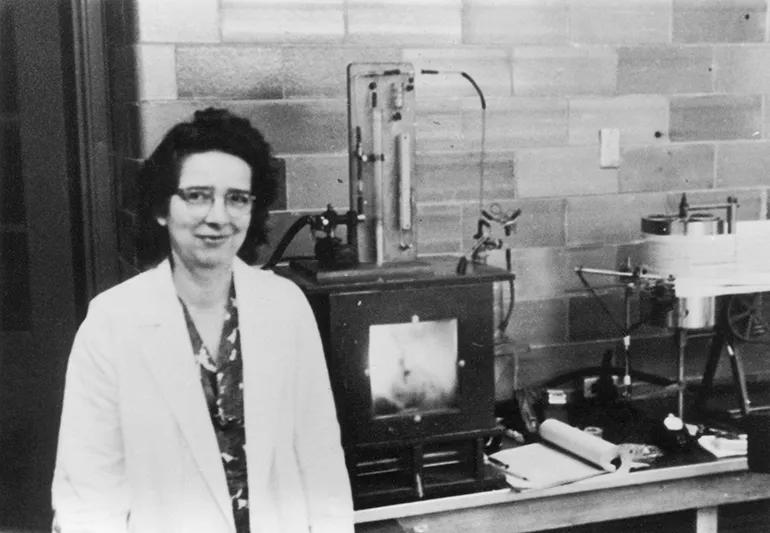
Arda A Green, MD, along with Maurice Rapport, PhD, and Irvine Page, MD, discovered a compound they named "serotonin" in 1948. Serotonin has shown to have an effect on tumor formation and neurotransmission. It is the target of drugs like Prozac that have become among the best-selling pharmaceuticals in the world. Dr. Green made a number of important discoveries before coming to Cleveland Clinic in 1945, and continued to do so after her departure in 1953. Among her later interests was bioluminescence – the factor that makes fireflies glow.

The end of an era
Founder William E Lower, MD, gives orders from the Urology office in 1946. Sitting at the typewriter is Janet Winters Getz, later recording secretary to the Board of Governors. To Dr. Lower's left is Louise Sutton, a medical statistics clerk, and Eddie Rogers, who functioned as a nurse in Urology. Dr. Lower passed in 1948, which is the end of the era of the founders.
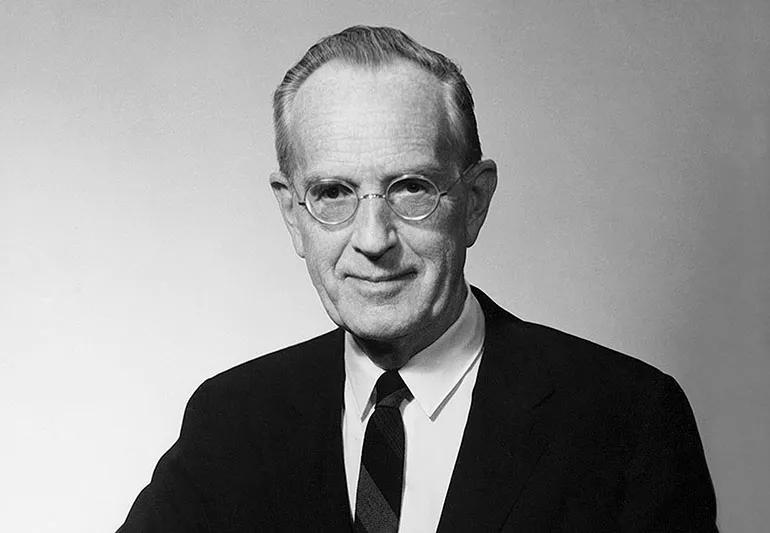
Irvine Page, MD, was director of Research at Cleveland Clinic from 1945-66. He made breakthrough discoveries in hypertension research, identified and synthesized angiotensin, and was part of the team that isolated and named serotonin at Cleveland Clinic in 1948. Dr. Page came to attribute hypertension to multiple factors, a notion he called the "mosaic theory". Dr. Page was also a popular health columnist, and founded and participated in a number of hypertension awareness groups and initiatives.
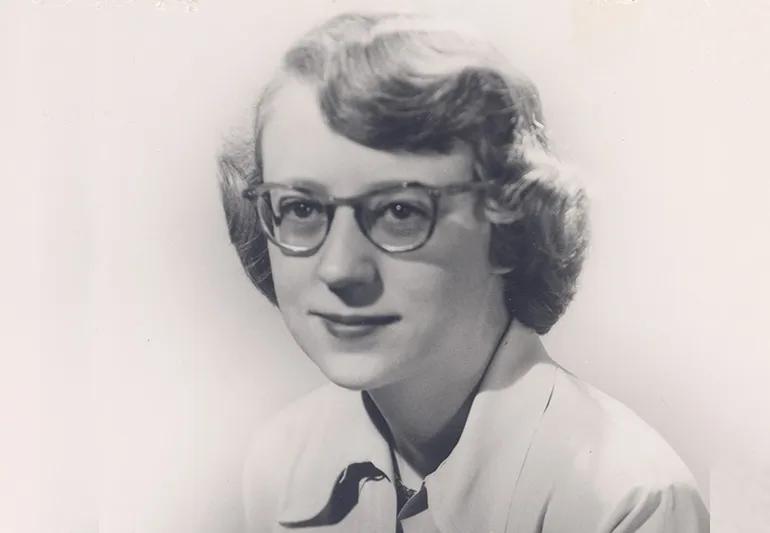
Harriet Dustan, MD, joins Cleveland Clinic's research division in 1948. She was world-famous for her hypertension research and served as President of the American Heart Association.

John Sherwin Sr. succeeds Edward Daoust as President of Cleveland Clinic Foundation in 1948.